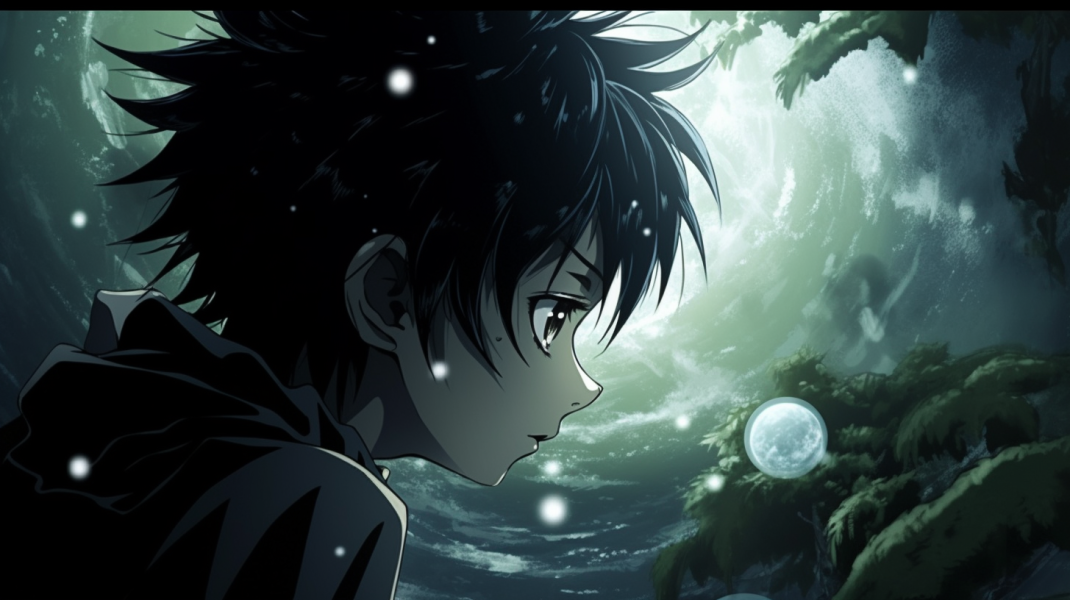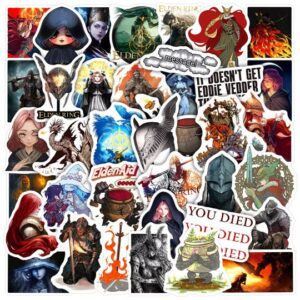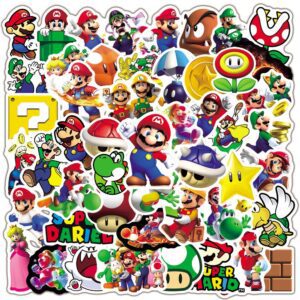Both gaming and anime could be considered the “slow burners” of pop culture. Often considered as being relative newcomers to the scene, both phenomena have been around longer than many of us realize.
For instance, anime can trace its roots back to silent Japanese films of the early 20th century. The classic “Namakura Gatana” is a prime example of the earliest forms of anime. Gaming is a relative newcomer on the block and can trace its roots back to the 1970s when the first rudimentary video games emerged.
Humble beginnings for both, but today the gaming industry is larger than the music and film industries combined. For anime, it is a similar story with anime and manga sales topping $19.5 billion in Japan alone in 2019.
So just how did these twin art forms climb to the top of the pop culture tree and just how big is their impact? That’s what we set out to explore here.
From Niche to World Domination: The Rise of Anime and Gaming
The financial stats may be surprising, but only tell a tiny part of the story. Anime and gaming have grabbed pop culture by the lapels and have given it its biggest shake-up in decades.
They both have distinctly different histories, so before we look at where the lines between the two begin to blur, let’s have a closer look at how these icons rose to become the powerhouses that currently dominate popular culture:
Anime’s Humble Beginnings
Our story begins a long time ago in a land far away. Early 20th century Japan to be more precise. It was here that a new art form began to emerge.
Silent films like “Katsudō Shashin” and the aforementioned “Namakura Gatana” were among the first to offer glimpses of early anime. These can be considered the distant ancestors of what turned out to be a sleeping giant.
This modest and largely local form of entertainment would simmer gently for almost a century before exploding into a pop culture juggernaut. Now, you can even find Pokémon artwork in the Van Gogh Museum.
Gaming’s Genesis
Gaming had to wait its turn. While anime simmered gently, gaming had to wait for the right technology to come along. But when it did arrive in the 1970s gaming was quick to the party. Almost as soon as digital machines arrived on the scene gaming was a primary use and an earlier driver of technology.
But as the first pixelated characters emerged it seemed unlikely that the industry would become an entertainment and cultural giant. However, these early games, simplistic yet groundbreaking, were the pioneers in a field that would soon captivate global audiences.
Gaming and Anime’s Influence on Pop Culture
In true “gaming and anime” style, the two forms of entertainment took a ninja approach to cultural domination. Slowly but surely, they sneaked their way out of their niches and into popular culture.
Now their influence can be found in everything from the movies we watch to the clothes we wear to watch them:
· Films and TV: Blockbusters like “Pacific Rim” draw inspiration from mecha anime, while series like “Castlevania” on Netflix blend gaming lore with anime-style animation.
· Music: Anime openings, such as “Attack on Titan’s” theme, become global hits, and game soundtracks, like “Final Fantasy,” influence mainstream music compositions.
· Fashion: Anime-inspired streetwear trends emerge globally, with brands incorporating iconic characters and symbols. Cosplay, once a niche, now graces major conventions worldwide.
· Art and Design: Manga and anime art styles influence global comic artists and illustrators, while game aesthetics shape digital art trends.
· Technology: Augmented reality games like “Pokémon Go” push technological boundaries, and VR games draw from anime-like virtual worlds.
As separate forms of entertainment, anime and gaming have had a huge influence on popular culture, an influence that only grew as the lines between them blurred. A blend highlighted by Ikea’s gaming and anime-inspired marketing campaign.
The Intersection of Anime and Gaming
They say that two heads are better than one and that is certainly the case with anime and gaming. There is a cultural similarity between the two that naturally fused them together. A joint heritage that saw them both considered cultural outliers drew the two art forms together and the sum was greater than the parts.
Successful examples of this “fusion” include:
Games Inspired by Anime:
· Code Vein: Dubbed the “anime Dark Souls,” this action-packed title offers challenging battles, intricate character creation, and a captivating vampire narrative.
· Attack on Titan 2: One of the top anime games featuring the world of the Survey Corps, battling titans with Omni-Directional Mobility gear and unlocking numerous playable characters. The essence of anime and gaming is captured in digital code.
Anime Inspired by Games:
· Pokémon: A young trainer’s quest to become a Pokémon Master, capturing creatures, battling rivals, and exploring a vibrant world.
· Persona 5: The Animation: Follow the Phantom Thieves as they navigate Tokyo, confront societal issues, and dive into the Metaverse to change hearts.
Gaming and Anime: The Perfect Couple
Both came from similar backgrounds, appealed to the same demographic and were in no rush to take over the entertainment world. It was almost inevitable that they would though.
Anime and gaming are a perfect match that has created a story that will continue to evolve and influence culture. They may even live happily ever after.













